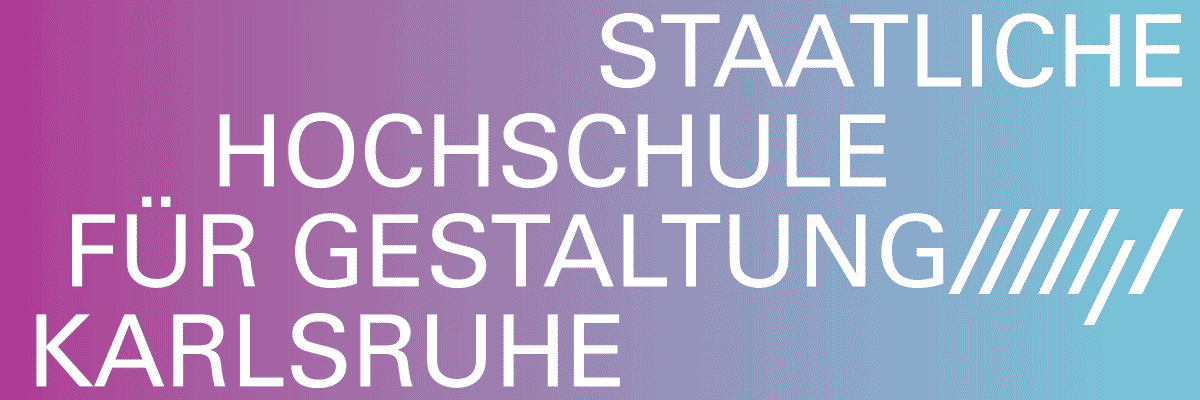
Carmen Arias, Lea Geerkens
Wasser Kauen (to chew water)
Project Info
- 💙 AkademieGalerie München
- 💚 Olena Balun
- 🖤 Carmen Arias, Lea Geerkens
- 💜 Carmen Arias
- 💛 Alex Jeskulke
Share on

Advertisement








In an interrupted moment, a glimpse instant before closing. Is it emerging or is it sinking? Will it fall in or is it coming out? A voice, shouting for Regen (rain), tries to warn others, kilometres away, of the sudden danger. The echo of the vocal e finds its way out, through the grating of a manhole cover, and gets lost in the hustle and bustle of the streets.
Sewage and water supply systems are the connecting points between the performative and multimedia works of Lea Geerkens and the sculptures of Carmen Arias. Their interest lies in the processes that, below ground and out of sight, are essential to everyday life: pipes, tunnels, the people who keep them running. The exhibition surveys urban waterways, confronting them with the human body as a water-based organism.
The channelled and controlled network of wastewater stretches through the city’s underground in over 2000 kilometres of pipelines. Munich’s former streams, once labelled as “unbearable obstacles” to the expansion of subway networks, have been partially drained and erased. Some others were lowered and kept under the streets. By analysing the ongoing flow path that drink and sewage water undertake, as a system of connection and dependency, both the subterranean layer of the city and human bodies seem to be transitory vessels of the same circuit.
In the performance “Drinking from someone's back”, some of the formal aspects of these connections are set into practice. Five performers move around the exhibition space with a long hose that enables them to dialogue through a negotiation of giving and taking.
The works of the exhibition swing between the inside and the outside of the canalisation. Echoes of these rooms set us in a scenario that is often associated with disgust and whose plans are kept secret and remain unseen to prevent illicit activities.
The preparation of the show included a parallel series of excursions into the sewage system and an interview with a sewage worker, which can be glimpsed in Lea Geerkens’ video and sound installation. Inside the tunnel, human swallowing and digestive noises are heard.
The surface of the city is tangible, visible, real; while deepness implies detaching from the known reality. Beneath our feet, caves of concrete exist. Stormwater tanks are giant examples of the invisible infrastructure of the visceral layer of the city, and essential in the expectable event of increasing extreme rainfall. Their high, circular columns resemble those formed out of the union of stalactites and stalagmites in stone formations. And just like palaeolithic caves, they offer a mythical space to project our imagination into.
In archaeological practice, teeth are used to learn about human interaction with the landscape. A tooth collects information about the ingested materials and stores it in sections - comparable to the rings of a tree trunk- divided through the tooth’s gradual growth. Carmen Arias’ ceramic sculptures refer to this practice and suggest the act of chewing as a primitive and natural form of communication with the environment, by exploring one’s surroundings through the mouth.
Chewing water seems to be an ineffective attempt to stop its flow, to control it. It suggests a consistency different from the expected fluid one.
Carmen Arias




